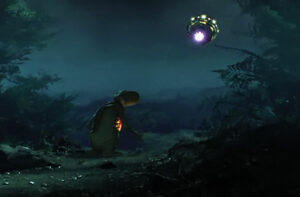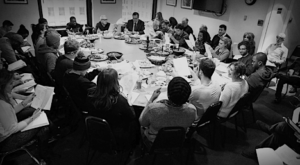
Scene development in screenplays
If you’re a beginning screenwriter, everything feels a bit foreign. Especially at first. But a scene is a scene, right? Put them together and you have a script. Well… Maybe not.

If you’re a beginning screenwriter, everything feels a bit foreign. Especially at first. But a scene is a scene, right? Put them together and you have a script. Well… Maybe not.

By Guest Blogger Jim Kalergis – “The simplicity of screenplay form is that we write what the audience will see on screen and hear from the theater sound system, in the order they will see and hear it. We do so in the expectation and hope that by so doing, the reader will experience what they’re reading as a “mind movie.”

A step-by-step guide By Michael Midis Who wouldn’t want to become a professional screenwriter? After all, it’s easy work and pays super well, right? Plus

A lot of feature screenplays have a good “save the cat” moment. But what is that, exactly?

The first job of a screenwriter’s logline is to provide potential readers enough information about the story to entice them to read the script.

Be so compelling in how you reveal your inciting incident that there isn’t a reader in the world who is too jaded to appreciate your unique hook.

The vast majority of users don’t realize they’re already driving a Lamborghini, so they tend to treat it like a Prius.

Maybe rethink your trope alarm clock or funeral opening. Those types of humdrum beginnings will invariably raise scornful eyebrows in seasoned readers.

If you’re a brand-new screenwriter, you might not yet know how a screenplay breaks down into parts.

You’ve got a great idea for a movie you’d love to see on the big screen. You even know the actors who would play the lead roles. You’ve always enjoyed writing and figure you might as well make a living doing something you love. Aye, there’s the rub.